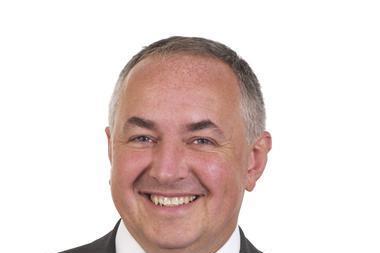It will take a major display of fireworks to change the endemic underpricing of risk that looms over the motor insurance industry
It’s bonfire night tonight but no one is lighting fireworks in the motor insurance industry. This year it looks like it will burn £1bn of capital on top of the £1bn of 2008. In fact, in only two of the past 25 years has the motor insurance industry declared a combined ratio of below 100%. For a £14bn market, this position is clearly unsustainable, but what does the industry intend to do about it?
At a market level, the 2008 combined ratio (claims and expenses) for motor business of 105.3% (ranging from 152% at the worst to 83% at best) was clearly painful. This result hid a multitude of sins, however. If reserve releases from prior years were eliminated, then the pure 2008 year loss ratio was 115.1%. Reserve releases improved the result by a full 10% of net earned premium.
The motor market used to operate with a volatile seven-year cycle in which results were driven by pricing activity among insurers – unlike in other classes that were exposed to catastrophe losses. The more capacity in the market, the greater the price competition. From 2002, however, this cycle shallowed to the extent that at last year’s Deloitte motor seminars, the theme was one of “cruise control”.
What is now clear is that the cycle was not as shallow as the results suggested; the underlying price-driven volatility was alway there but was masked by reserve setting and releases to smooth bottom line results.
Historically, reserve releases would have amounted on average to somewhere between 3% and 4% of net earned premium, but climbed to a high of 13% of net earned premium in 2007 before dropping back to 10% in 2008. In effect, the industry has been closing its eyes to what has become a looming problem – endemic underpricing of risk.
This is perhaps most evident when you consider a premium rating index. If you began monitoring premiums in the fourth quarter of 2002, then it was not until the fourth quarter of 2007 that the average motor vehicle premium rose above its 2002 level. There has been a steady rise in average premiums since then and they are now about 15% higher than they were in 2002. The problem is that this is nowhere near enough.
While the industry continues to burn £1bn of capital a year even if this were reversed, the additional profit would not be enough to satisfy investors. To meet the return on capital requirements of most insurers, the industry needs to underwrite to somewhere in the region of a 96% combined ratio. Based on current rates, premium pricing would need to increase about 12% to 14% from current market levels.
But it is not all bad news. Road injuries are falling as is the number of motor claims. And while reserve releases were down to about £720m in 2008 from a high of £1bn in 2007, a significant buffer of prudent reserving remains. It is just less than what it was previously and, notably, the most recent closed pure year 2007 reserves required topping up by some £200m during 2008.
Lower interest rates – which affect both investment income and pricing for the long tail element of a motor policy – and likely increased claims in a recession are all negative factors at present.
But the major issue for the motor industry is aggregator activity, which suppresses price increases. Price comes top of the list in a recession and more policyholders use aggregators in a search for the cheapest premium.
We now have an industry in which the four biggest groups – RBS, Aviva, RSA and Zurich – between them underwrite more than 50% of premium in the market yet are unable to dictate its direction, despite returns clearly being inadequate for investors. It therefore needs a concerted effort from the industry to reverse what is clearly a painful position.
If the industry really wants to burn a further £1bn of capital in 2010, perhaps we should start stuffing the guy now? IT
Hosted by comedian and actor Tom Allen, 34 Gold, 23 Silver and 22 Bronze awards were handed out across an amazing 34 categories recognising brilliance and innovation right across the breadth of UK general insurance.














































No comments yet